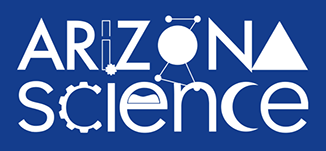 University of Arizona professor in practice Steve Kortenkamp and Tactile models of planetary surfaces.
University of Arizona professor in practice Steve Kortenkamp and Tactile models of planetary surfaces.
Steve Kortenkamp and University of Arizona
Advances in 3-D modelling are leading to new ways of visualizing the surface of the Moon, Mars and other objects in the solar system. University of Arizona professor in practice Steve Kortenkamp describes how the technology is allowing him to teach astronomy to students who are blind.
Steve Kortenkamp spoke to Tim Swindle, professor emeritus in planetary science at the University of Arizona.
Catch Arizona Science each Friday during Science Friday on NPR 89.1. You can subscribe to our podcast on Apple Music, Spotify, Amazon Music, or the NPR App. See more from Arizona Science.
MORE: Arizona Science




By submitting your comments, you hereby give AZPM the right to post your comments and potentially use them in any other form of media operated by this institution.